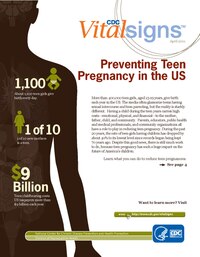
Photo from wikipedia
The aim was to explain differences in the rates of adverse perinatal events in teenage mothers with low and high schooling. The sample was collected from the Latin American Colaborative… Click to show full abstract
The aim was to explain differences in the rates of adverse perinatal events in teenage mothers with low and high schooling. The sample was collected from the Latin American Colaborative Study of Congenital Malformations (ECLAMC) database. From a total of 2,443,747 births in 93 hospitals, 66,755 live newborns without congenital malformations were recruited from 2000 to 2017. Teenage mothers were classified according to low, medium, and high schooling. A multivariate model was used that included reproductive history, access to health services, demographic and socioeconomic variables, and ethnic group. The Fairlie decomposition model was applied to quantify the contribution of explanatory variables to the adverse perinatal event rates. Of the 66,755 newborns analyzed, 21.1% (n = 14,078) were born to teenage mothers. Distribution of maternal schooling was 24.2%, 59.8%, and 16% for low, medium, and high schooling, respectively. The highest rates of adverse perinatal events were seen in teenage mothers with low schooling. The variable "access to health services" explained 35%, 37%, and 23% of the disparities in low birthweight, prematurity, and intrauterine growth restriction, respectively, among teenage mother with low and high schooling. Low number of prenatal visits was the only risk factor for the two levels of schooling and the variable that best explained the differences between the rates of adverse perinatal events. From the public health perspective, prenatal care represents a low-cost intervention with the possibility of increased implementation through adequate information for the population and systematic measures in primary care.
Journal Title: Cadernos de saude publica
Year Published: 2021
Link to full text (if available)
Share on Social Media: Sign Up to like & get
recommendations!